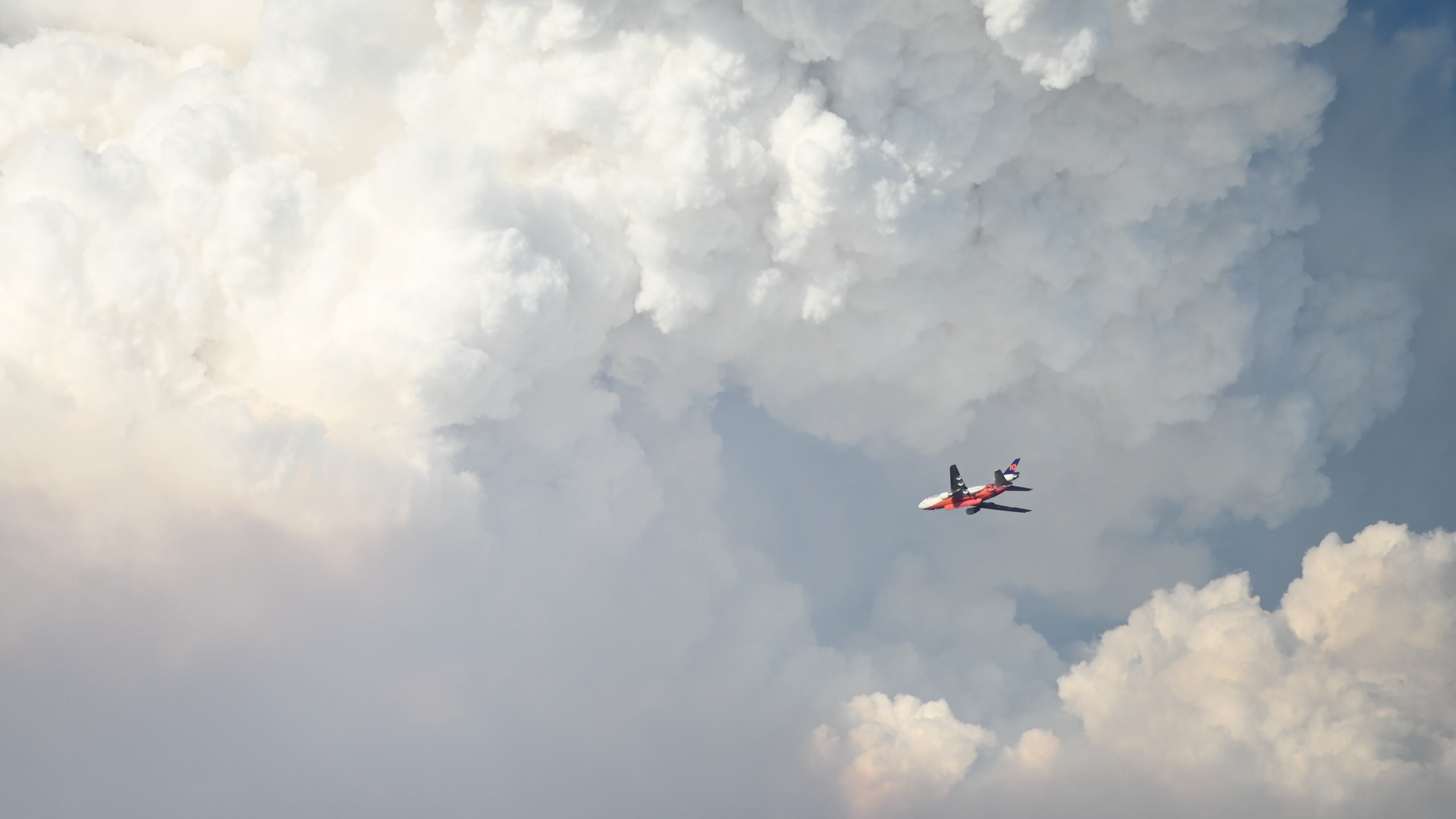In a briefing this morning on Oregon’s wildfires held by Gov. Kate Brown, state experts urged Oregonians to prepare for an already historic fire season to get worse.
The unusually early and large wildfires have been driven by record low precipitation and record high temperatures, trends that are expected to continue throughout the summer. All of Oregon is experiencing drought, and 90 percent of the state is experiencing severe, extreme or exceptional drought.
“This is not going to return to normal anytime soon,” said Doug Grafe, Oregon Department of Forestry’s Chief of Fire Protection. “We’re facing a long and difficult fire season.”
“There’s absolutely no question that climate change is playing out in front of our eyes,” added Brown.
The Bootleg Fire that’s raging in the Klamath Basin is larger than any of last year’s mega-fires, and the fourth largest the state has seen since 1900. There are currently eight other fires active across the state, and nearly 500,000 acres that have burned so far this year.
Already, 5,000 fire fighters have been mobilized across the state (during last year’s peak in September, 7,600 were mobilized statewide).
“I would characterize this year’s fire season as historic in terms of the amount of resources we’ve deployed, how many times we’ve deployed in within a six-week period,” State Fire Marshal Mariana Ruiz-Temple.
The Bootleg Fire is likely to gain more ground, but fire fighters have managed to control many of the state’s largest blazes.
The Grandview Fire, which posed substantial threats to communities in nearby Sisters, is now 72 percent contained and all evacuation orders in the area have been lifted. The Jack Fire, Oregon’s second largest conflagration, is 55 percent contained.
Still, the current blazes are just the beginning of the season.
Andrew Phelps, the director of Oregon’s Office of Emergency Management, encouraged Oregonians to familiarize themselves with evacuation orders and develop personal safety plans.
“Conditions out here across the state are extreme,” said Phelps. “These are indicators, not outliers, of what will happen in the future.”
